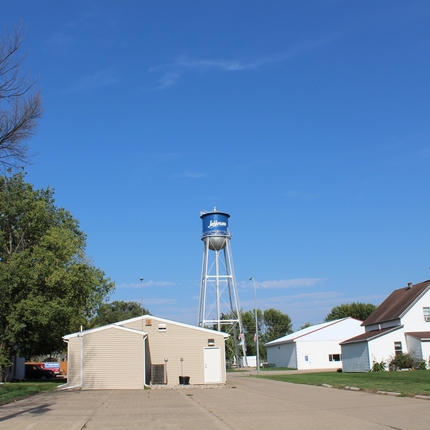With continued state, federal, and private investments, access to reliable and affordable high-speed internet service is increasing across South Dakota.
Recently, Gov. Kristi Noem and the Governor’s Office of Economic Development announced the distribution of up to $27 million as part of the final round of grant funding through ConnectSD, the state’s broadband deployment program. ConnectSD combines state and federal funds with private investment to expand high-speed internet access through its match program, which encourages applicants to supply 50% of the funding.
Seven previous rounds of funding awarded $269.8 million to 104 projects serving nearly 31,000 previously unserved or underserved locations.
The release of the final round of ConnectSD grants follows President Joe Biden’s announcement in June that South Dakota will receive $207 million in funding from the Broadband Equity, Access, and Deployment program. The state’s allotment, part of the 2021 federal Bipartisan Infrastructure Law, will be used to expand fiber optic cable infrastructure, which will create jobs and increase opportunities in education, healthcare access, and commerce around the state.
Another important source of federal funding to support equitable internet access is the Affordable Connectivity Program (ACP), an initiative that provides a substantial discount off monthly internet bills as well as device purchases for qualifying households. In December 2021, ACP enrollment in South Dakota was only 7% of eligible participants; in less than two years, the rate has more than doubled to now reach 16%.
With 15% of the state still lacking broadband, South Dakota needs additional infrastructure as well as continued funding and outreach to accomplish its admirable goal of access for every resident. But the efforts deployed by the state and federal governments, commercial providers, nonprofit organizations, local communities, and private residents in recent years have generated substantial progress, giving rural South Dakotans access to a bright and connected future.





